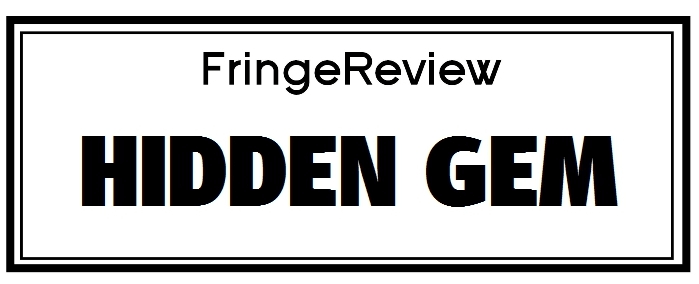Edinburgh Fringe 2018
Zugunruhe
MECHANIMAL

Genre: Physical Theatre, Solo Show, Theatre
Venue: Zoo Southside
Festival: Edinburgh Fringe
Low Down
Zugunruhe (zoo-gun-rue): an ornithology term for ‘migratory restlessness in birds’. This show explores the incredible flight of a marsh warbler, the world’s only bird whose song echoes its migration route. Body-compasses, magnetic fields, African sunsets, star-chasing, storm-riding, homing… Zugunruhe offers a wild, fresh look at migration. Rehearsing among birds in the wetlands of Somerset, performer Tom Bailey creates a feast of bird behaviour alongside a digital sound map of the marsh warbler’s journey, made by composer Rowan Evans. Developed in residence at UCL Migration Research Unit. Supported by The Leverhulme Trust, Arts Council England and Red Brick Building.
Review
Pacing around the stage Tom Bailey, the performer and creator of Zugunruhe starts the show by standing still while we hear a voice over describing a bird. We are introduced to the special talents and idiosyncrasies of the marsh warbler. This show is all about this curious bird and its migration pattern. Based on scientific data tracking, the marsh warbler travels far and wide across different countries and continents. What is fascinating is how Bailey and Mechanimal, a performance company from Bristol, have created a performance using sound, movement and bird behaviour from data and observations. Over the course of the one hour performance Bailey (truly) becomes a bird, he imitates the fluttering movement and sound of this bird. It’s quite an achievement!
As a physical performer, Bailey is well trained and his observations of the carriage of the head, beak and eyes of a bird is believable – he even manages to expand and fold his arms to emanate wings. At times this feels a bit quirky, but there is deep sincerity in the mission and Bailey holds our attention, without any words, for the entire show. It’s very beautiful and entertaining!
Through voice overs spoken by a variety of people in the ornithology world, with sound charts and data projected on a large screen, the storytelling is factual. However, a few times Bailey does a quick ‘take’ – a wink or a subtle nod to the audience which adds his own humanity and humour. One of the less scientific voices is of a young child saying “you’ve not got the mechanics of bird flight” after coaching him she continues “rubbish, further, faster, higher!”
However, at one point Bailey is standing on a wooden box bending and unfolding his body, then stretches with wide eyes and expansive arm movements as if soaring high and curving aerodynamically on a breath.
The project of following the marsh warbler’s migration pattern has been going for several decades, and the voiceovers tell us about it in South Africa and Zambia, while Bailey performs expressive physical movement of different behaviours and activity, one with a lot of feathers!
Without giving away any spoilers, Bailey includes some challenges birds that our marsh warbler encounters from humans and the environment. As a result of this thoughtful and well performed beautiful show, one of the many questions for us to consider is who owns the birds, they fly where they want, so who do they belong to? A Hidden gem!


















































